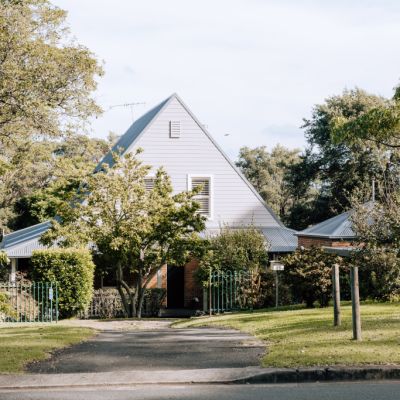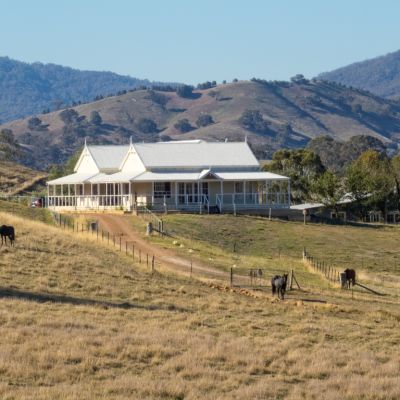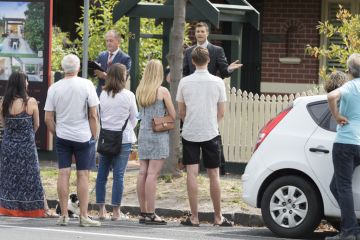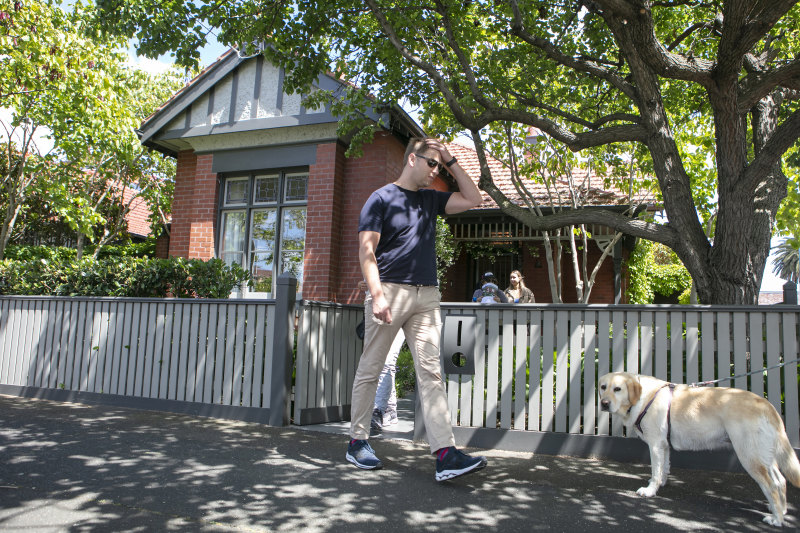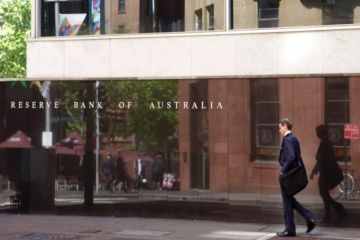Can I afford a tree change? How to finance the relocation dream
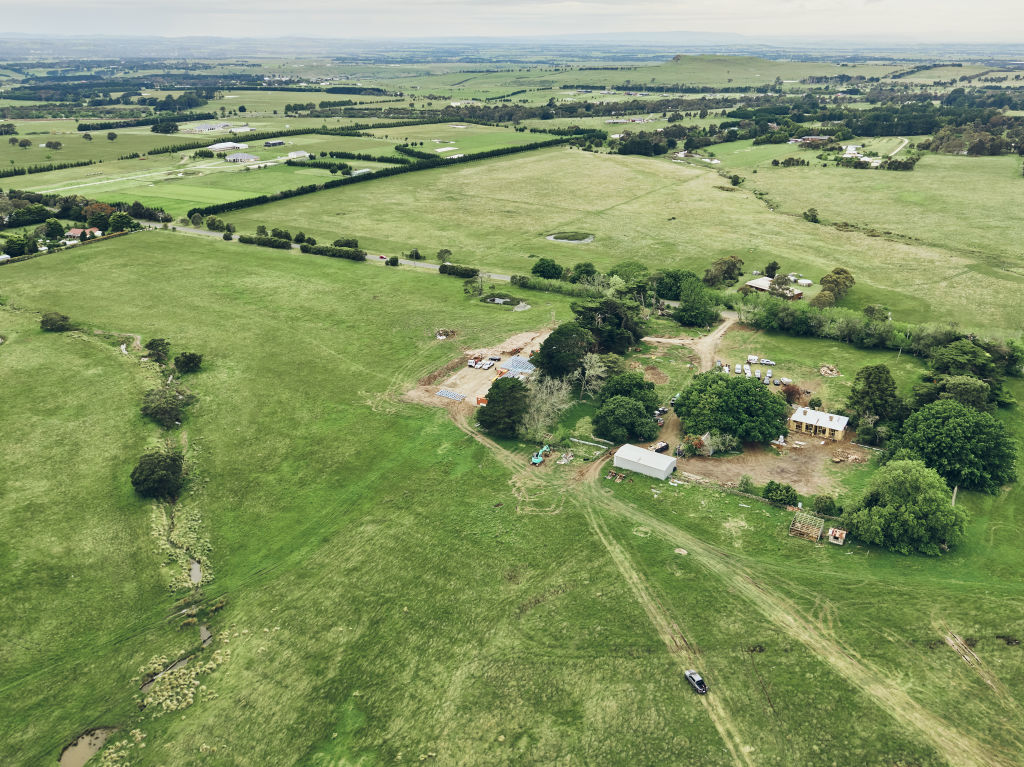
Tree changes continue to be more popular than ever before with COVID still luring many to venture from the cities to find a more peaceful life somewhere much quieter and slower.
With The Block now also moving from the city to focus on escapes to the country, we have pointers on what to do, but how should we finance such a dramatic change of lifestyle and, at the same time, ensure it makes sound economic sense?
• The Block 2022 listings are now live, and updated weekly. See them here.
“For anyone considering a tree change, I would recommend looking at property prices over time in the area you are moving to and ensuring that it aligns with your personal goals,” advises Kareene Koh, Domain Home Loans chief executive.
“It is worth looking closely at whether new supply may come into the area through rezoning and developments, too, as well as checking local infrastructure and access to the area if you are commuting.
“This can be helpful information to assess the area you are moving to and evaluate the differences between suburbs and their prices if you are not as familiar with the area.”

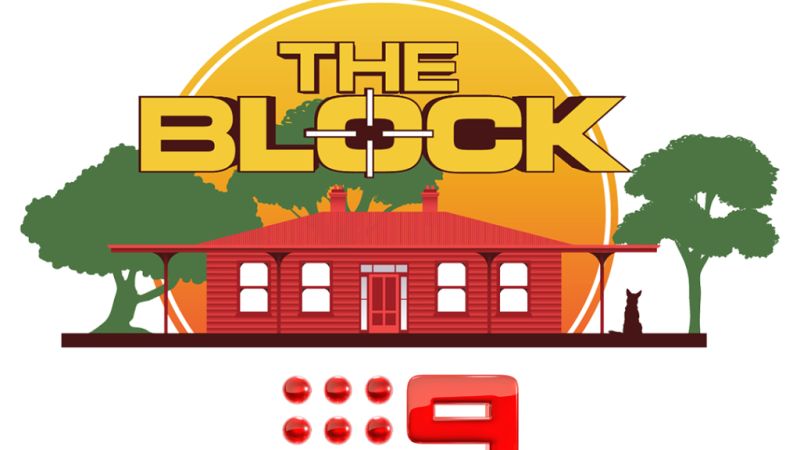
Many people pay for their big move by selling their existing home in the city and using the proceeds to pay for a new home.
Even though prices in regional Australia have risen hugely in the past two years, they’re still usually well below what home owners receive for their city pads.
In regional NSW, for instance, house prices rose by a massive 23.3 per cent over the past year, on the latest Domain statistics, but the median price is still just $740,000, while in regional Victoria, they rose 19.9 per cent to $590,000.
Meanwhile, although the Sydney rise was only 8.3 per cent, the median is now $1.552 million, and the Melbourne median is $1.074 million after a 5.2 per cent increase.
Others, more hesitant about such a major shift, will rent somewhere in the country or at the coast for a while instead to work out whether they’re going to like their new lives – and keep the option of returning if they don’t. Then they might lease out their original home to cover the rent of the new.
Rents, of course, are also much more in the city than they are in regional Australia.
The median Sydney house rent now, for example, is $620 a week, and a unit rent $525 a week, compared to $520 and $400, respectively, in the rest of NSW.
In Melbourne, a house will now cost $460 a week and a unit $410, as against $420 and $320 in regional Victoria.
Author Geoff McGeachin has firsthand experience of the disparity in costs.
After 30 years of living in an apartment in Bondi Beach, he and his partner, film producer and director Wilma Schinella, felt ready for a change.
They rented a three-bedroom house in Ettalong on the NSW Central Coast and loved it so much they sold up in Bondi and bought a villa there.
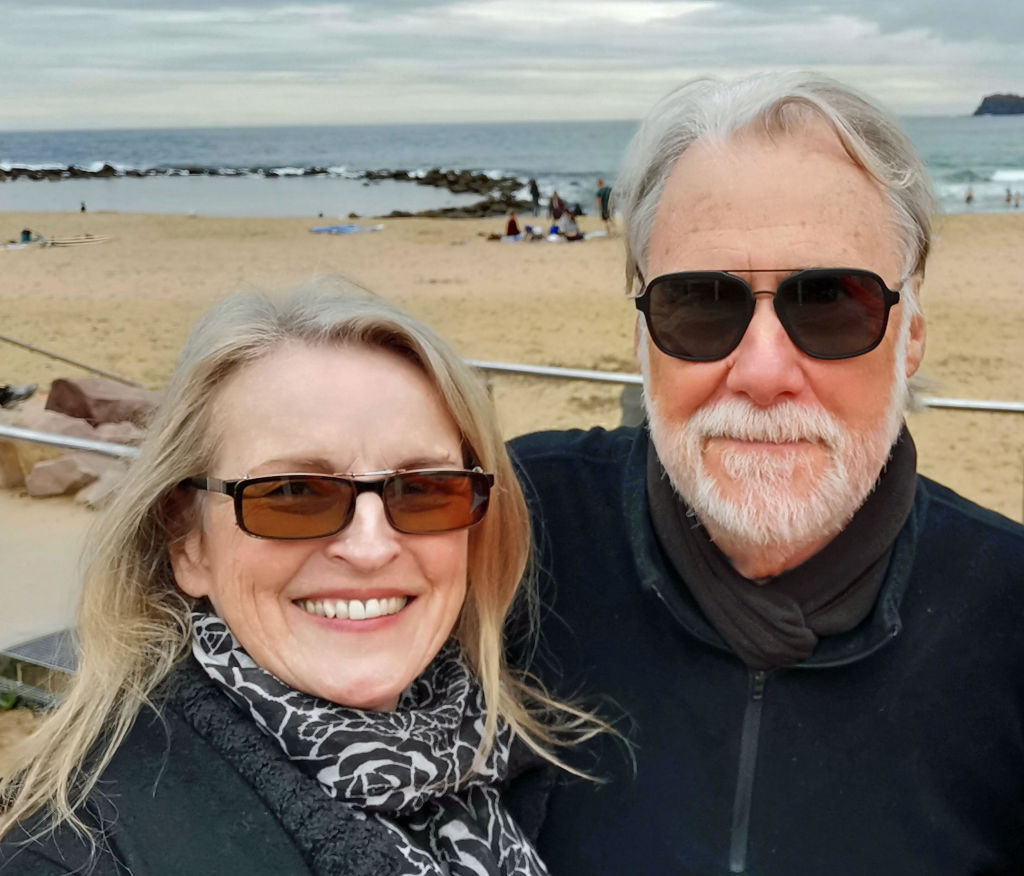
“It is obviously much cheaper to buy here than in the city,” said McGeachin, 72, the writer of the hit book Fat, Fifty and F***ed, as well as the Ned Kelly award-winning crime novels The Diggers Rest Hotel and Blackwattle Creek.
“Our real estate dollar went a lot further up here.
“And I could say we love the change, but that would be an understatement. We never want to leave. It’s still close enough to Sydney to keep our doctor, dentist and hairdresser, but it has everything here you’d want, including amazing coffee and two-hatted restaurants.
“At the same time, it’s so much more relaxed. A duck crosses the road with her ducklings, and all the traffic stops and waits for them.”
On financial terms alone, such a move can be immensely profitable. A unit in Bondi Beach today sells for a median of $1,517,500, after last year’s price rise of 16.7 per cent, while a house in Ettalong costs a median of $1.125 million, even after a staggering 42 per cent rise over the past 12 months.
But the decision on how to finance such a change will depend on a number of factors, says Domain Home Loans specialist Imran Ali.
Some people might not want to keep ownership of properties both in the city and in the regions, especially if they are older.
Others might want to hold onto the two as part of their property portfolio and to keep their options more open.
“If people have people have accumulated a lot of equity in their property in metropolitan areas of, say, Sydney or Melbourne, where prices have gone up so much in the last two years, they can refinance to buy another property,” he said. “It’s completely up to the individual.
“I have one customer who has moved to the country to be closer to her family and she’s bought a third property there and is holding onto all of them. With the rental market now so strong, that income can often service the loan quite comfortably.”
However, there are some issues to be aware of, he warns. Many believe they will be able to work remotely from their new regional locations, but they should make sure to double-check that before they move.
Some companies are now demanding their workers return to the office and if the tree change is not within an easy commute, that could prove enormously problematic.
Also, while banks are now happy to lend for regional purchases, as that market is now considered to be strong, there are some exceptions.
“Banks now consider the regional markets to be stable and are OK with Loan-to-Value ratios of up to 95 per cent,” Ali said.
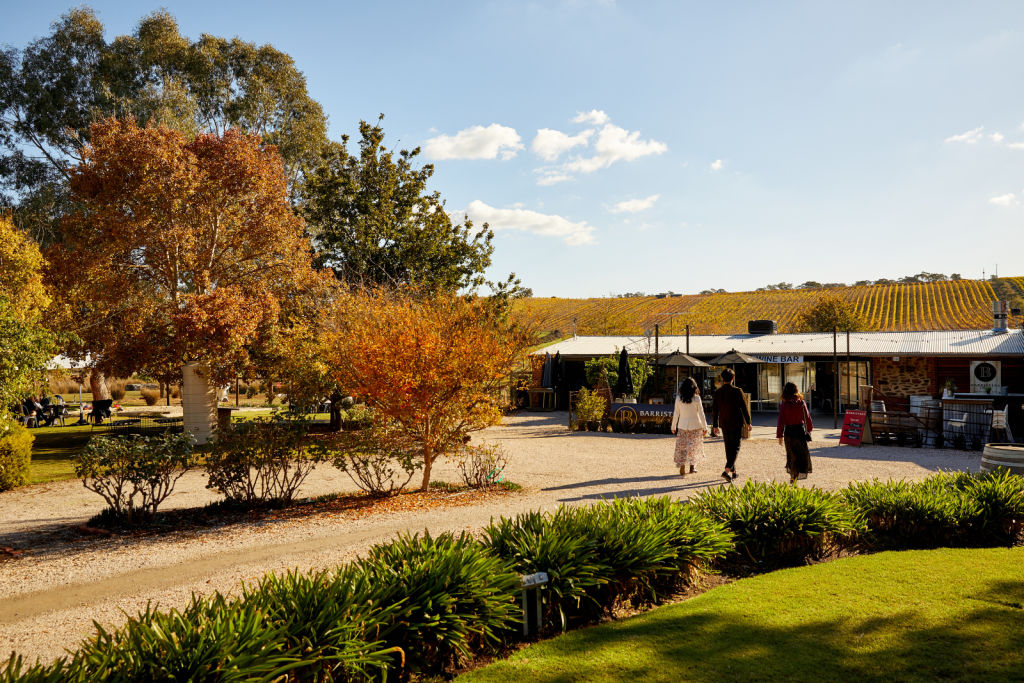
“That’s except for if they’re in very rural locations with limited access to basic amenities. That might be the case for big farms of 50 acres-plus.
“Another thing to be wary of is investing in an area where the market is very volatile, like where mining is in the only industry.”
Koh also suggests potential tree-changers study the additional costs of their move that generally might not have occurred to them.
“If you have always lived in the city, make sure you consider costs that may not be on your radar,” she said.
“Property maintenance and pest management are examples, while environment risks to your property – like flooding – may influence your insurance costs.”
We recommend
We thought you might like
States
Capital Cities
Capital Cities - Rentals
Popular Areas
Allhomes
More
